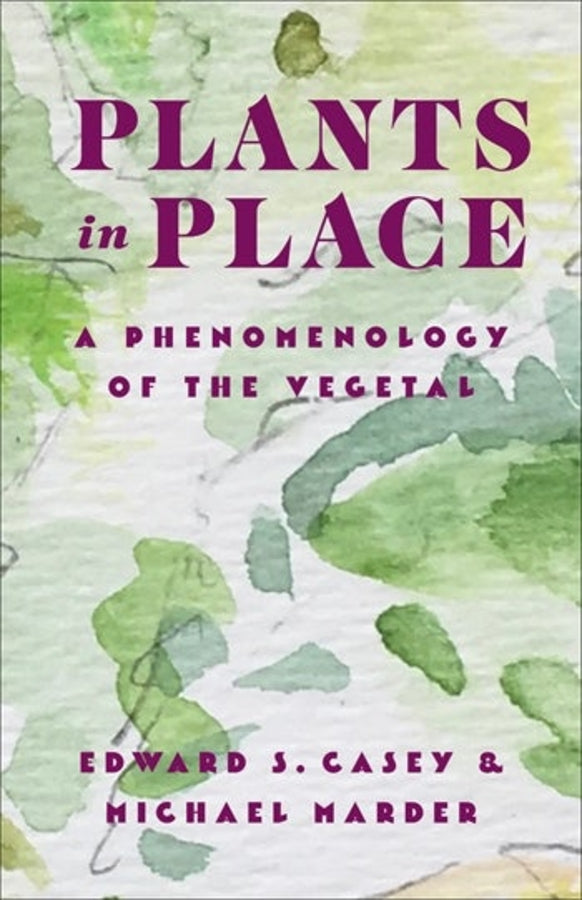Description
Discover the profound interconnections between plants and their environments with 'Plants in Place.' This groundbreaking work invites readers to explore the dynamic relationship between flora and the landscapes they inhabit, challenging the common perception of plants as immobile life forms. From the upward growth of stems to the expansive reach of roots, this book delves deep into the fascinating world of vegetal phenomenology. It combines the insights of Edward S. Casey's phenomenology of place and Michael Marder's innovative plant-thinking to illuminate how plants impact our lives and surroundings.
'Plants in Place' examines both the micro-level interactions, such as a child's wonder at moss, and the macro-level connections within diverse habitats, highlighting the sociality of trees and their companionship with humans in gardens, forests, and urban landscapes. This meticulously researched text offers a rich tapestry of ideas and perspectives, beckoning readers to appreciate the complexity, vitality, and diverse experiences of plant life. Whether you are a botanist, ecologist, or simply a lover of nature, this book will deepen your understanding of the pivotal role plants play in shaping our world. Venture into a renewed appreciation for the synergy between plants and places, making it essential reading for those interested in natural history, phenomenology, and the environmental humanities.
'Plants in Place' examines both the micro-level interactions, such as a child's wonder at moss, and the macro-level connections within diverse habitats, highlighting the sociality of trees and their companionship with humans in gardens, forests, and urban landscapes. This meticulously researched text offers a rich tapestry of ideas and perspectives, beckoning readers to appreciate the complexity, vitality, and diverse experiences of plant life. Whether you are a botanist, ecologist, or simply a lover of nature, this book will deepen your understanding of the pivotal role plants play in shaping our world. Venture into a renewed appreciation for the synergy between plants and places, making it essential reading for those interested in natural history, phenomenology, and the environmental humanities.

